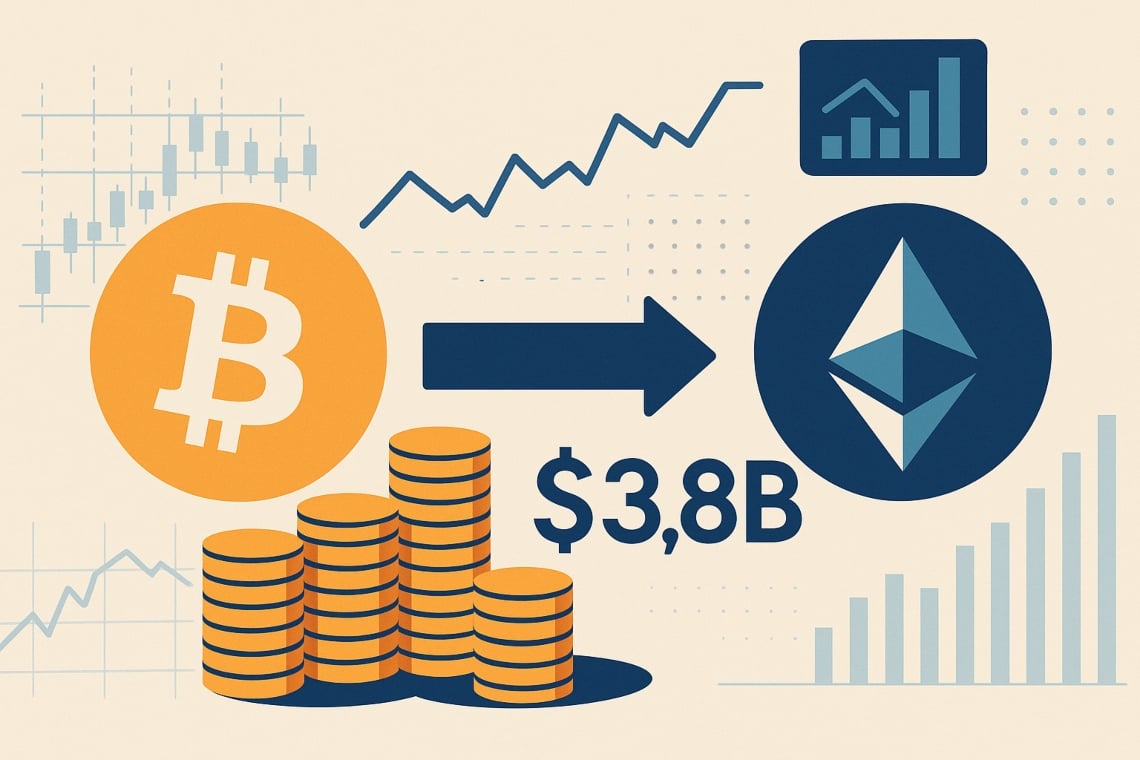Bitcoin spot ETFs had a net inflow of $1.02 billion last week, with IBIT leading the way with a net inflow of $1.23 billion
PANews reported on June 23 that according to SoSoValue data, Bitcoin spot ETFs had a net outflow of US$1.02 billion last week (June 16 to June 20, Eastern Time).
The Bitcoin spot ETF with the largest weekly net inflow last week was Blackrock's Bitcoin ETF IBIT, with a weekly net inflow of $1.23 billion. Currently, IBIT's total net inflow has reached $51.0 billion. The second largest was Bitwise ETF BITB, with a weekly net inflow of $29.85 million. Currently, BITB's total net inflow has reached $2.08 billion.
The Bitcoin spot ETF with the largest weekly net outflow last week was Ark Invest and 21Shares' ETF ARKB, with a weekly net outflow of US$188 million. ARKB's total historical net inflow currently reaches US$2.27 billion.
As of press time, the total net asset value of the Bitcoin spot ETF was US$126.54 billion, the ETF net asset ratio (market value as a percentage of the total market value of Bitcoin) was 6.14%, and the historical cumulative net inflow has reached US$46.66 billion.
You May Also Like

Opinion: The crypto market is still in a state of preparation, and volatility may explode at any time
